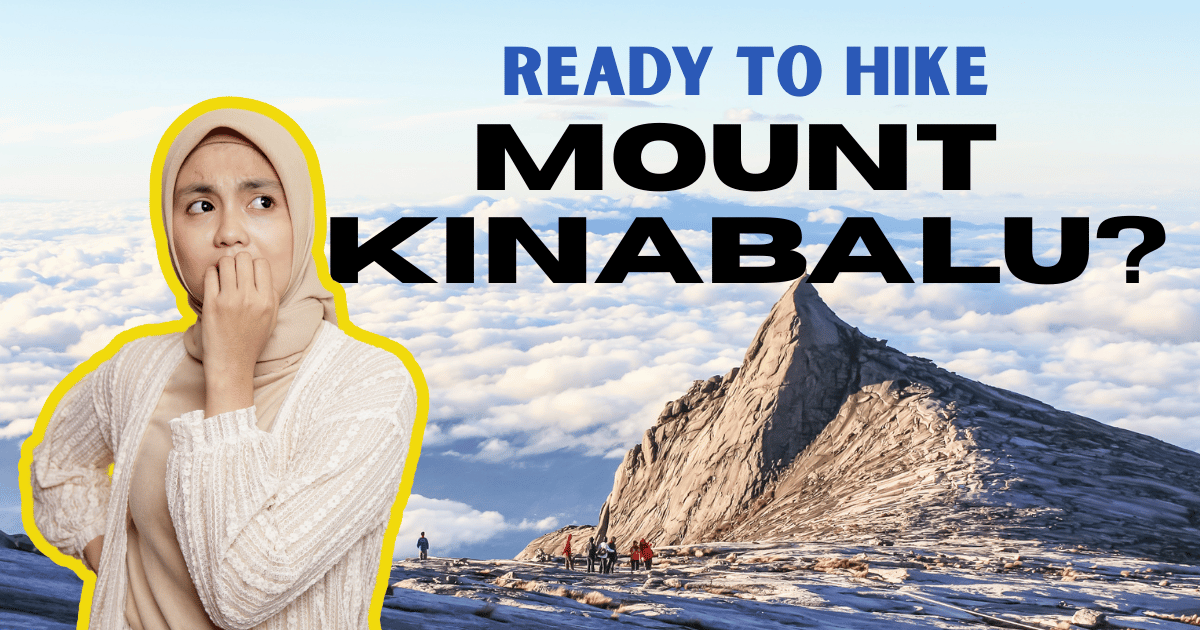

So… you finally said yes to climbing Mount Kinabalu. Maybe it was a birthday bucket list, a YOLO group trip, or someone in the group chat said, “Let’s do something different this year” — and now here you are, Googling “how not to die on Kinabalu”.
Here’s the thing: this climb isn’t impossible — but it’s no walk in the park either. Altitude, unpredictable weather, 2am wake-ups and sore knees? All part of the experience.
But don’t stress. We’ve got you. From real prep tips to what to pack, when NOT to climb, and how to stay safe (and sane) — this guide is everything your future summit-self will thank you for.
Let’s get into it. 💪
You might have heard about the recent floods on Mount Kinabalu — flash rains turned parts of the trail into mini rivers, and climbers were caught mid-way. While everyone was okay, it was the mountain guides who stepped up, leading groups to safety in low visibility, wet conditions and all.
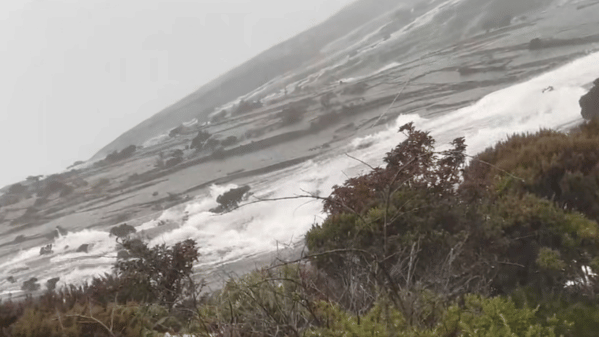
🎒 Actual convo mid-hike:
“Wait, is the trail supposed to sound like a waterfall?”
“Bro… that’s not the trail. That IS a waterfall now. Follow your guide!”
Moral of the story: Listen to your guide. ALWAYS. These legends know every twist in the trail, when to push forward, and when to turn back. Don't try to be the hero — that’s their job.
One minute it’s blue skies and good vibes, the next — dark clouds, wind, and “Did you just see lightning?” vibes. Kinabalu weather changes faster than your group chat plans.
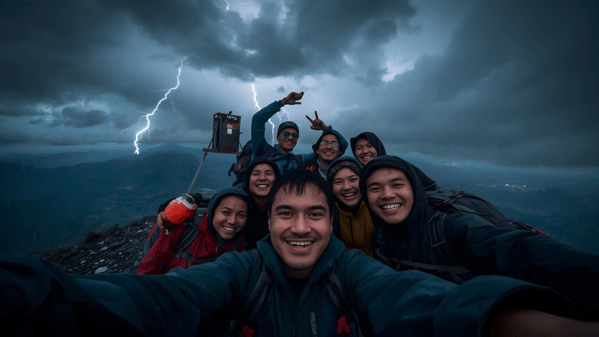
📲 What to do before your climb:
💬 In the hut at 2am:
“Should we summit now or wait?”
“Lemme check the radar — gimme 2 bars of signal and 30 seconds…”
You don’t need fancy branded gear to hike Kinabalu, but please don’t come in gym shorts and a cotton hoodie. Rain is basically part of the package — and cold rain at 3,000m? That hits different.
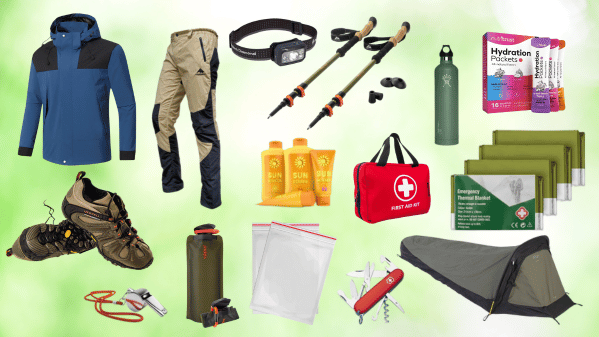
💬 Night before climb:
“Did you bring a poncho?”
“Eh, I got the free one from my last marathon...”
“…You’re gonna regret that.”
Climbing Mount Kinabalu isn’t technical — but it’s steep, long, and thin-air tough. The final summit push at 2am is no joke — especially when you’re running on adrenaline, zero sleep, and cold air that feels like it bites.
So if you’ve been thinking, “Can I get by without training?” — technically yes. But your knees and lungs will file a complaint halfway up.
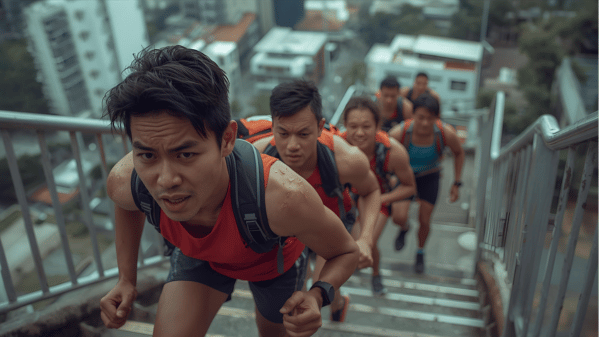
🧗♂️ Stair training is your best friend
🥾 Simulate the terrain
🏋️♀️ Leg day matters
⏱️ Test your timing
💬 Actual group prep convo:
“Guys I just did 300 stairs today. I couldn’t walk properly for two days.”
“Good. That means it’s working.”
Altitude sickness (AMS) can hit anyone, even the fittest climber. Common symptoms: headache, dizziness, nausea. Don’t ignore them.
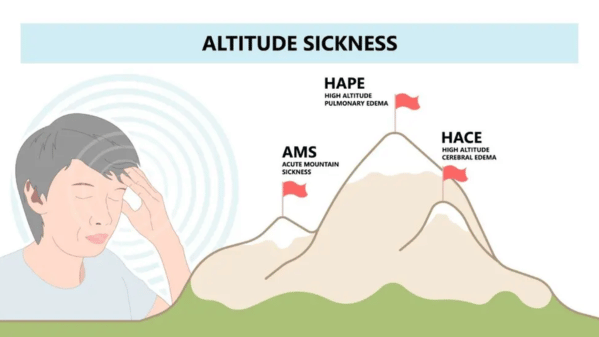
To avoid AMS:
Yes, Mount Kinabalu is open all year. No, that doesn’t mean it’s always safe. The dry season (March–September) is your best bet for clear skies and stable trails. During the wet season (October–February), expect rain, leeches (yikes), and potential delays.
🗓️ Pro tip:
You’ve done Kinabalu? Nice. But how does it stack up against other famous climbs in the region?
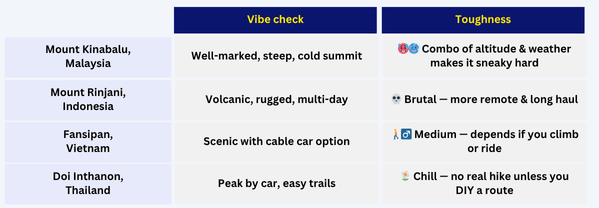
📸 TL;DR: Kinabalu is the Instagram-approved challenge — accessible enough for groups, tough enough to brag about.
At the end of the day, climbing Mount Kinabalu height - 4,095m, 13,435ft, is a bucket-list experience that’s equal parts breathtaking and brutal (in the best way). Whether you're pushing past the pain for that epic sunrise summit selfie or just hoping your knees survive the descent — it’s all about good prep, the right mindset, and staying connected when it counts.
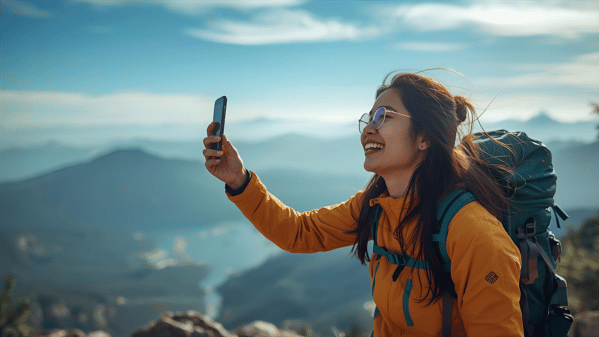
And speaking of staying connected…
CelcomDigi is offering an exclusive prepaid deal just for Sabah & Sarawak subscribers — perfect for outdoor adventurers and high-data users. This should be part of your Mount Kinabalu Package!
Note: Only available via walk-in CelcomDigi Store in Sabah or Sarawak.
Whether you're uploading summit reels, checking real-time weather, or streaming your hiking playlist — this plan keeps you powered up all day long.
So if you’re in East Malaysia and planning that big climb (or just need massive data with no drama), now’s the time to level up.
Stay strong. Stay safe. Stay connected — only with CelcomDigi.

By submitting this subscription request, I consent to altHR sending me marketing communication via email. I may opt out at any time. View CelcomDigi's Privacy Policy.
© Copyright 2025 CelcomDigi Berhad [Registration No. 199701009694 (425190-X)]. All Rights Reserved.